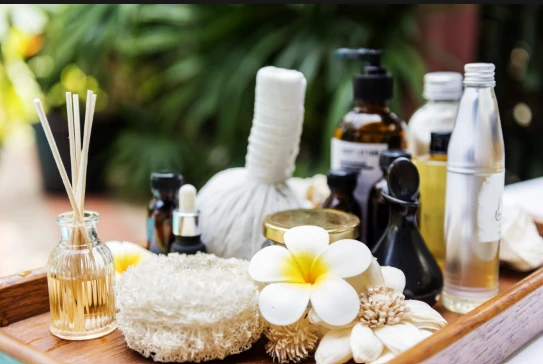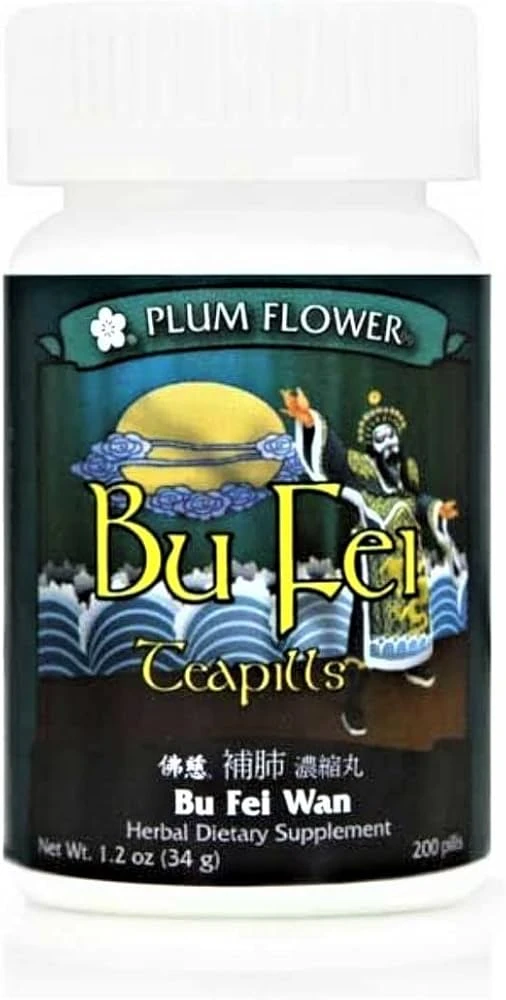Authored by Terrence Shenfield MS, RRT-ACCS, RPFT, NPS, AE-C
Aromatherapy and essential oil therapy have steadily gained popularity as natural and holistic approaches to health and wellness. These practices, while ancient in origin, have been embraced by modern science and research for their versatility and wide-ranging benefits. Whether you're a beginner exploring this world or an experienced practitioner, understanding the nuances of these therapies can unlock their full potential.
This comprehensive guide will help you understand what essential oil therapy and aromatherapy are, their benefits, and provide aromatherapy techniques for beginners, safety tips on how to use essential oils safely, and insights into aromatherapy with essential oils.
What is Aromatherapy?
Aromatherapy is a holistic healing approach that uses natural plant extracts, specifically essential oils, to improve physical, emotional, and mental well-being. These essential oils are carefully extracted through processes like steam distillation or cold pressing to retain the plant's aroma and therapeutic properties. Used correctly, they can address a range of issues, from stress and anxiety to sleep disorders and immune support.
Key Benefits of Aromatherapy
- Stress Reduction: Essential oils like lavender, chamomile, and bergamot are renowned for their calming properties.
- Improved Sleep Quality: Diffusing essential oils like sandalwood or valerian before bedtime promotes better rest.
- Enhanced Mood and Focus: Citrus oils like lemon and orange can uplift your mood and boost concentration.
- Supportive Physical Health: Some essential oils, such as eucalyptus, may help relieve respiratory symptoms, while tea tree oil is celebrated for its antimicrobial effects.
- Versatility: Aromatherapy techniques can be incorporated into massages, baths, or simply by using a diffuser.
How Does Aromatherapy Work?
The science behind aromatherapy lies in its interaction with the olfactory (smell) system. When inhaled, the aroma molecules of essential oils travel to the brain, specifically the limbic system, which triggers emotional and physiological responses. These responses can influence heart rate, stress levels, digestion, and more.
Essential Oils and Their Role in Aromatherapy
Essential oils are concentrated plant extracts derived from flowers, leaves, bark, or roots. Each essential oil has its unique chemical composition and therapeutic benefits. For instance:
- Lavender Oil: Ideal for stress relief and relaxation.
- Peppermint Oil: Energizing and great for enhancing focus.
- Tea Tree Oil: An antimicrobial powerhouse used for skin care and hygiene.
- Eucalyptus Oil: Excellent for respiratory support.
While essential oils are central to aromatherapy, they must be used correctly to be effective and safe.
Aromatherapy Techniques for Beginners
If you're new to aromatherapy, the process might seem overwhelming at first glance. However, getting started is easier than you think. Here are some beginner-friendly techniques to incorporate aromatherapy into your daily life:
1. Diffusion
Using a diffuser is one of the simplest and most effective ways to experience the benefits of aromatherapy. Add a few drops of your chosen essential oil to a diffuser and allow the aromatic mist to fill your space. Lavender or eucalyptus oils are great options for beginners.
2. Topical Application
For direct application, essential oils must be diluted with a carrier oil (such as coconut or almond oil) to prevent skin irritation. Apply the mixture to your pulse points, temples, or the soles of your feet for targeted relief. For example, diluted peppermint oil applied to the temples can alleviate headaches.
3. Aromatic Baths
Enhance your bath by adding 3-5 drops of essential oil to your bathwater. Incorporate oils like lavender for relaxation or rosemary for rejuvenation. Be sure to mix the oils first with a neutral carrier, like saline or milk, to distribute them evenly in the water.
4. Steam Inhalation
This method is particularly effective for respiratory relief. Add a few drops of eucalyptus or peppermint oil to a bowl of hot water. Lean over the bowl with a towel draped over your head, and inhale deeply for several minutes.
5. Room Spray
Create a DIY room spray with water, essential oils, and a small amount of vodka (as an emulsifier). Use oils like lemon for freshness or lavender for a calming atmosphere.
How to Use Essential Oils Safely
While aromatherapy with essential oils offers many benefits, safety should always be a priority. Here are essential tips to ensure you use essential oils safely:
- Dilution is Key: Essential oils are potent and should always be diluted with a carrier oil before applying to the skin. A general rule of thumb is 2-3 drops of essential oil per teaspoon of carrier oil for adults.
- Patch Test: Before topical application, do a patch test on a small area of skin to check for allergies or sensitivity.
- Avoid Internal Use: Unless supervised by a qualified aromatherapist or medical professional, do not ingest essential oils.
- Store Properly: Keep essential oils in dark, glass bottles away from direct sunlight and heat to maintain their potency and safety.
- Consult Professionals: If you're pregnant, nursing, or have a chronic health condition, seek advice before using essential oils.
Aromatherapy with Essential Oils in Daily Life
Integrating aromatherapy with essential oils into your daily routine can be a game-changer for overall wellness. Here are some suggestions to make it a habit:
- Start your day with an uplifting essential oil blend in a diffuser to boost energy and focus.
- Use calming oils like lavender or chamomile in the evening to unwind after a stressful day.
- Keep a small roller bottle of diluted essential oil (like peppermint or rosemary) on hand for a quick pick-me-up during work.
- Incorporate essential oils in self-care routines such as yoga or meditation for enhanced relaxation and mindfulness.
The Science Behind Aromatherapy
Studies have increasingly supported the efficacy of aromatherapy. Research published in the International Journal of Nursing Practice found that patients who used lavender oil experienced a significant reduction in stress. Similarly, a study published in the Molecules journal highlighted the antimicrobial properties of tea tree oil, validating its widespread use in skincare and hygiene products.
Building a Community Through Aromatherapy
Aromatherapy and essential oil therapy foster a sense of community among wellness enthusiasts. Sharing your favorite blends, tips, and experiences can deepen your knowledge and connection with others. Many online forums and local workshops offer platforms for like-minded individuals to learn and grow together.
Take Your Aromatherapy Journey Further
Whether you're a seasoned practitioner or a beginner exploring the world of essential oils, the possibilities are endless. Aromatherapy combines science with nature to provide holistic care for the body, mind, and soul. Start small, stay curious, and explore the profound benefits this therapy can offer.
If you're interested in discovering more about aromatherapy and essential oils, or need guidance on your aromatherapy techniques, browse ATECAM’s resources to learn how to use essential oils safely. Live well, breathe deeply, and enjoy the artful science of aromatherapy.
References
- Molecules Journal. "Exploring Essential Oils for Antimicrobial Use."
- International Journal of Nursing Practice. "Stress Reduction Through Lavender Use."
- ATECAM Health and Wellness Resources. (Aromatherapy and Essential Oils).
- National Association for Holistic Aromatherapy. "Safety Guidelines for Using Essential Oils."
- Shenfield, Terrence. "The Power of Natural Healing Through Aromatherapy."



